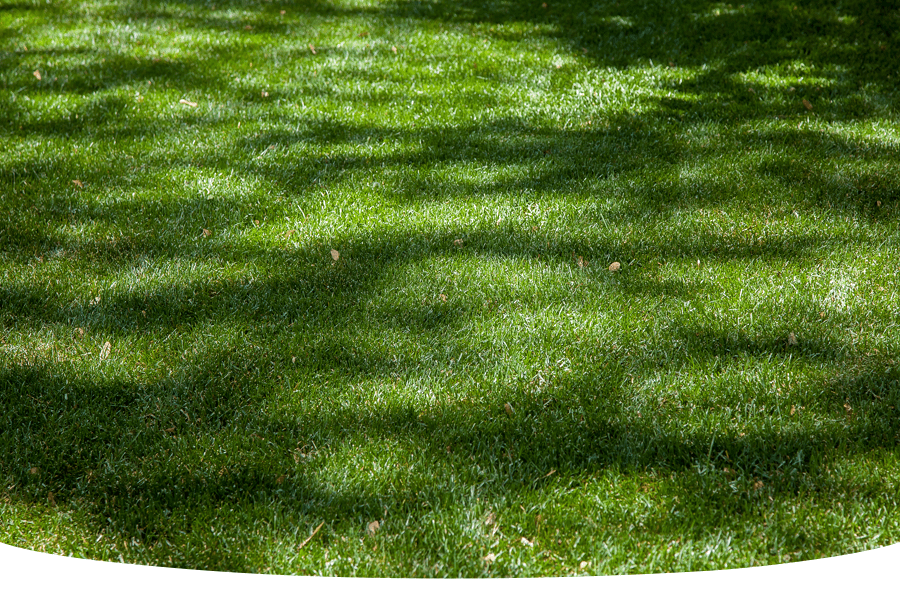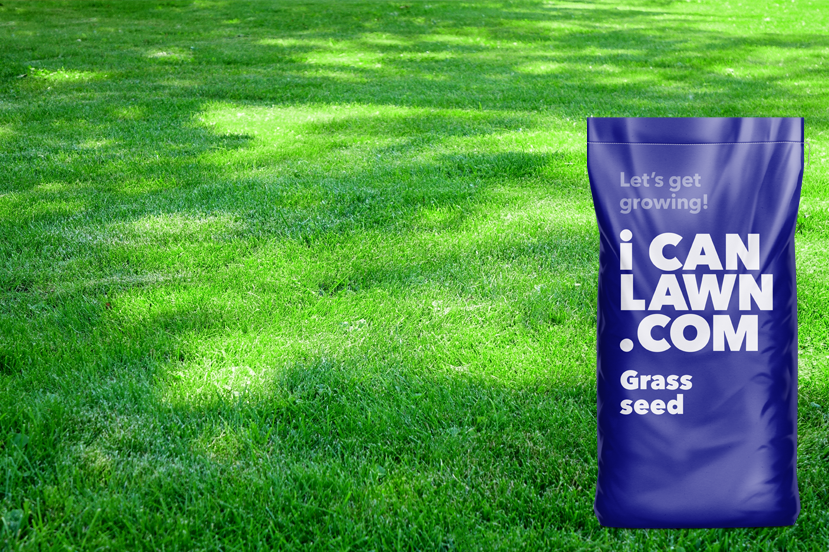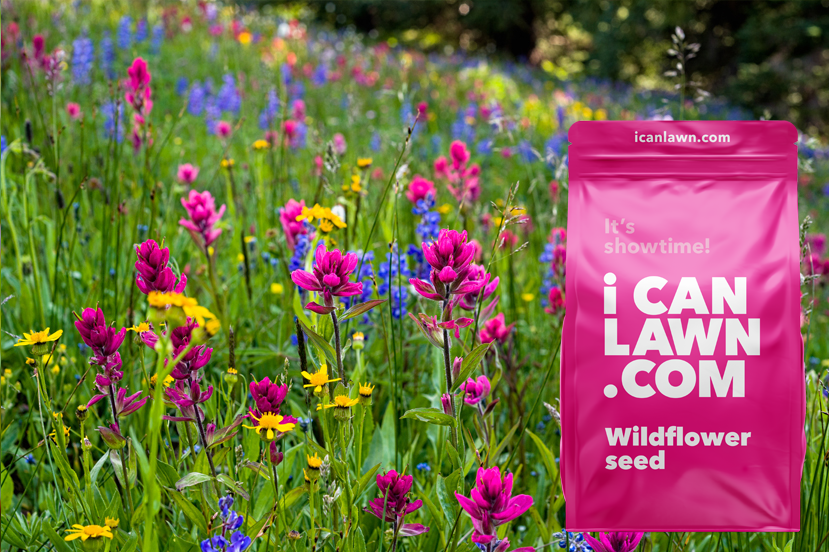How to grow grass seed in shade
Most lawns will experience shade in some shape or form due to surrounding fences, furniture, trees or hedges. This can be frustrating when you are trying to maintain a consistently green and thick lawn, as patches begin to appear and can be hard to repair in certain areas.

Knowing how to grow grass seed in the shade isn't much different to growing seed in the rest of your lawn, but there are a few things you should keep in mind to make your shady seed sowing a resounding success!
Sow shade-tolerant seed
If your seeds are going to survive the shade, you will need to get the right blend that can tolerate the conditions that these areas often present. Grass seed needs heat, light and water to grow, and all of these things can become scarce in the shade. With little access to sun, grass will struggle to grow, and larger plants, trees and hedges will soak up all available water, creating a difficult and dry growth environment.
On the flip side of this, if the shaded area dips or is also partial to flooding, with no heat or light to dry it up, you may find that these areas are more susceptible to moss and weeds. With all this going on, you will need a hardy shade-tolerant mix to combat these conditions!
Shade Supreme Lawn is designed to grow in shade!
Our Shade Supreme Lawn is the best choice for lawns that suffer from the shade as it combines the all-rounder hardwearing and fast-growing abilities of perennial ryegrass with drought-tolerant fescues and shade-loving meadow grass.
You can also blend this mix with our others if you have clay soils, pets, or need to fill in those stripes on your statement lawn. To work out how much you need, make sure to use our handy product calculator.
Now you have the right seed, here are some extra tips on how to grow grass seed in shade!
Grow shade grass seed in the right temperatures
When your lawn is in shade, it is typically cooler than anywhere else in your garden that may get sun, and this can reduce the ground temperature. Grass seed requires temperatures of 10 degrees and above day and night, consistently, for at least two weeks to kickstart growth. You can measure ground temperature by using a soil thermometer and also use a two week forecast as a general guide. Make sure not to sow your grass seed in extreme weather conditions, such as a drought or heatwave, flood or snow!
Prepare your seedbed to perfection
With great grass seed, comes great responsibility and taking the necessary steps to prepare your seedbed will go a long way to creating a shade-loving lush lawn! The same rules apply for sowing grass seed, and your seedbed will need to be free of weeds moss stones or debris, level, and easy to rake through.
Our guides on how to sow grass seed and how to overseed an existing lawn will guide you through each and every step so you can get it right the first time!
Aerate your lawn
Lawns can become compacted over time, and aeration can help your lawn breathe by creating pockets of air in the soil. This helps water and nutrients flow more easily, encouraging strong root growth and happier, healthier grass! The obvious signs to look out for are if water pools on top of your soil and doesn’t seem to drain away. But, if you are unsure whether your lawn needs aeration, you can read our blog on how to aerate a lawn.
Give your grass a boost
If the shaded area you are trying to repair is close to other large plants, such as trees or hedges, you may find that the soil is nutrient deficient. Applying lawn food prior to or after sowing can help get those nutrients back into the soil. If you have already aerated it, you should notice the results of the food on your lawn are particularly effective!
Pre-Seed First Feed is an excellent lawn food that you can apply before you sow to get your soil prepped for seeding. It can accelerate the growth of your new seedlings and help them to build a strong root system. All Summer Long and Winter Remedy are seasonal six-month feeds that protect your lawn for longer. By regularly feeding your shaded lawn, you can be sure that it is getting the extra boost of nutrients it needs!
Water your lawn well
Just as shaded areas can retain lots of water due to no sun to dry it up, they can also be extremely dry areas as surrounding trees and plants soak up all the water first. New seedlings need to be watered every day for the first six weeks after sowing, so keeping the area where you have sown your shady seed moist during this time is important. As mentioned before, sowing your seed at the right time is crucial – so avoid sowing in extremely hot weather.
The soil should feel damp; if not, you must keep watering it. For more tips, read our guide on how to water your lawn.
To help keep your newly seeded shady lawn healthy, make sure to read our guide that covers everything you need to do to keep a green, weed- and disease-free lawn!







